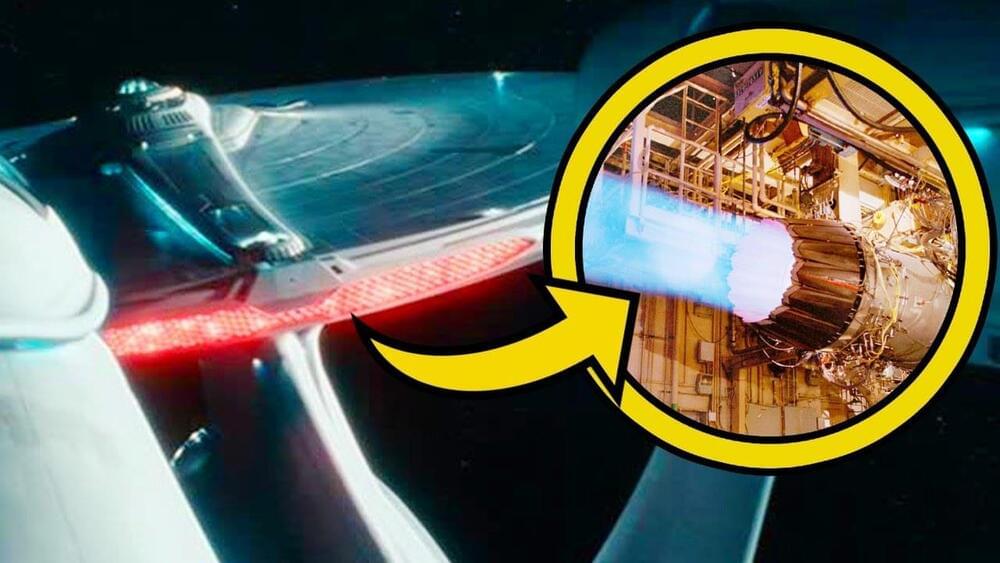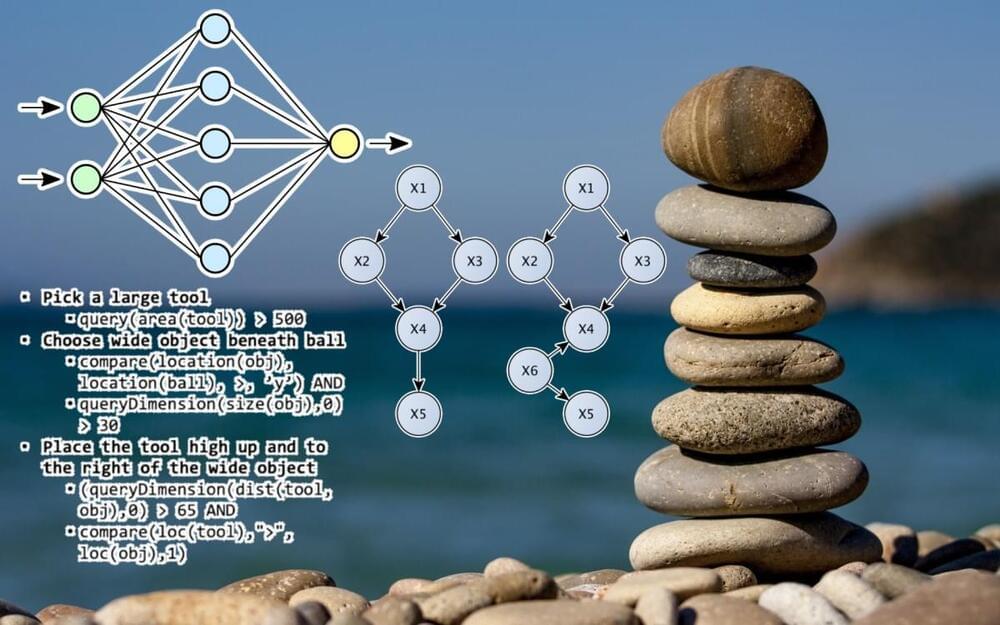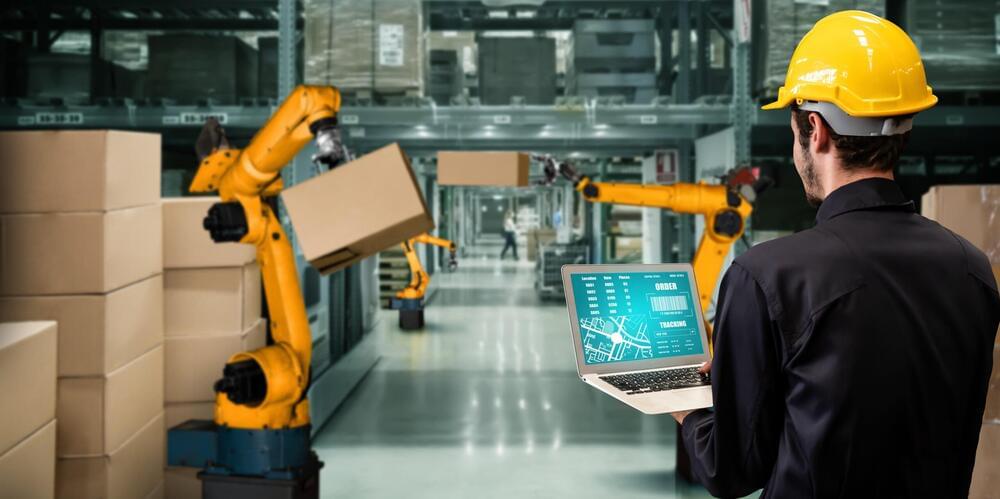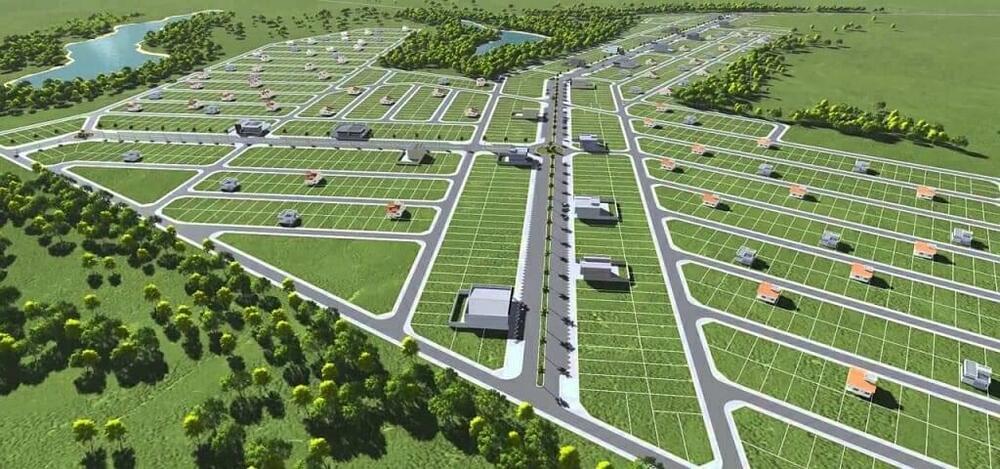The writers of Star Trek went above and beyond to make the universe as realistic as possible.


AS ASTRONOMER Royal, you have to assume Martin Rees isn’t in it for the money: £100 a year is the reward for advising the UK monarch on all matters astronomical.
It is just one of many hats Rees has worn, though – including president of both the Royal Astronomical Society and the Royal Society and, since 2005, as an appointed member of the UK’s House of Lords. His work as a government adviser and public face of science has come on the back of an equally distinguished career in cosmology stretching back more than half a century, encompassing seminal research on the nature of the big bang and black holes, extreme phenomena throughout the cosmos, the search for life elsewhere in the universe and, latterly, humanity’s own fate within it.

Marine Biological Laboratory finds gene captured from bacteria more than 60 million years ago.
Your DNA holds the blueprint to build your body, but it’s a living document: Adjustments to the design can be made by epigenetic marks. Cataloguing these marks and how they work is important for understanding biology and genetics—and coming up with therapies to address diseases and disorders.
In humans and our fellow eukaryotes, two principal epigenetic marks are known. But a team from the University of Chicago-affiliated Marine Biological Laboratory has discovered a third, novel epigenetic mark—one formerly known only in bacteria—in small freshwater animals called bdelloid rotifers.

H/T Ben Dickson.
Artificial intelligence research has made great achievements in solving specific applications, but we’re still far from the kind of general-purpose AI systems that scientists have been dreaming of for decades.
Among the solutions being explored to overcome the barriers of AI is the idea of neuro-symbolic systems that bring together the best of different branches of computer science. In a talk at the IBM Neuro-Symbolic AI Workshop, Joshua Tenenbaum, professor of computational cognitive science at the Massachusetts Institute of Technology, explained how neuro-symbolic systems can help to address some of the key problems of current AI systems.
Among the many gaps in AI, Tenenbaum is focused on one in particular: “How do we go beyond the idea of intelligence as recognizing patterns in data and approximating functions and more toward the idea of all the things the human mind does when you’re modeling the world, explaining and understanding the things you’re seeing, imagining things that you can’t see but could happen, and making them into goals that you can achieve by planning actions and solving problems?”
Joshua Tenenbaum, professor of computational cognitive science at the MIT, explained how neuro-symbolic systems can help to address some of the key problems of current AI systems.



SSTI and the UW–Madison-based Mayors Innovation Project recently released a new report arguing for a different approach that incentivizes diverse ways to travel to and from new developments. By funding public transportation, limiting parking and preserving the walkability of neighborhoods, Sundquist’s team argues, cities and states can reduce congestion better than if they only plan for cars.
The same solutions can help cities meet their policy goals, such as reduced emissions or more equitable access to services for residents.
“We look at the gap between policy goals on the one hand and the way decisions are being made that actually make things happen in the real world,” says Sundquist. “Often you have great policy goals, and then you have a bunch of rules of thumb that are still basically what was set in the ’50s during the interstate era.”

The field of machine learning on quantum computers got a boost from new research removing a potential roadblock to the practical implementation of quantum neural networks. While theorists had previously believed an exponentially large training set would be required to train a quantum neural network, the quantum No-Free-Lunch theorem developed by Los Alamos National Laboratory shows that quantum entanglement eliminates this exponential overhead.
“Our work proves that both big data and big entanglement are valuable in quantum machine learning. Even better, entanglement leads to scalability, which solves the roadblock of exponentially increasing the size of the data in order to learn it,” said Andrew Sornborger, a computer scientist at Los Alamos and a coauthor of the paper published Feb. 18 in Physical Review Letters. “The theorem gives us hope that quantum neural networks are on track towards the goal of quantum speed-up, where eventually they will outperform their counterparts on classical computers.”
The classical No-Free-Lunch theorem states that any machine-learning algorithm is as good as, but no better than, any other when their performance is averaged over all possible functions connecting the data to their labels. A direct consequence of this theorem that showcases the power of data in classical machine learning is that the more data one has, the better the average performance. Thus, data is the currency in machine learning that ultimately limits performance.
Hannah wraps up the series by meeting DeepMind co-founder and CEO, Demis Hassabis. In an extended interview, Demis describes why he believes AGI is possible, how we can get there, and the problems he hopes it will solve. Along the way, he highlights the important role of consciousness and why he’s so optimistic that AI can help solve many of the world’s major challenges. As a final note, Demis shares the story of a personal meeting with Stephen Hawking to discuss the future of AI and discloses Hawking’s parting message.
For questions or feedback on the series, message us on Twitter @DeepMind or email [email protected].
Interviewee: Deepmind co-founder and CEO, Demis Hassabis.
Credits.
Presenter: Hannah Fry.
Series Producer: Dan Hardoon.
Production support: Jill Achineku.
Sounds design: Emma Barnaby.
Music composition: Eleni Shaw.
Sound Engineer: Nigel Appleton.
Editor: David Prest.
Commissioned by DeepMind.
Thank you to everyone who made this season possible!
Further reading:

In the last decades of his life, Albert Einstein hoped to unite his description of gravity with existing models of electromagnetism under a single master theory.
It’s a quest that continues to vex theoretical physicists to this day. Two of our best models of reality – Einstein’s general theory of relativity and the laws of quantum mechanics – are as immiscible as oil and water.
Whatever a combination of the two looks like, it will almost certainly reveal foundations to the Universe quite unlike anything we can visualize.